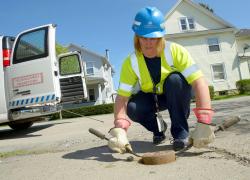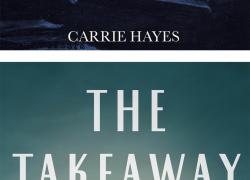New Hope for a Once Hopeless Diagnosis: Small Cell Lung Cancer
(Diane Mulligan) - Small cell lung cancer (SCLC) is among the most aggressive, deadliest forms of lung cancer, yet it’s still too often overlooked. For decades, treatment options were limited, offering little hope to those diagnosed with SCLC, until now.
- Small cell lung cancer (SCLC) is among the most aggressive, deadliest forms of lung cancer, yet it’s still too often overlooked. For decades, treatment options were limited, offering little hope to those diagnosed with SCLC, until now.
In 2013, Congress passed legislation that mandated the National Cancer Institute create a scientific plan for treating patients with less than a 50% chance of surviving 5 years. This included SCLC. With this focus on research, SCLC, once considered a hopeless diagnosis because of its swift spread and resistance to standard treatment, is now seeing real momentum. Breakthrough research has increased the number of treatment options by 67% giving doctors new tools and patients new reasons to hope.
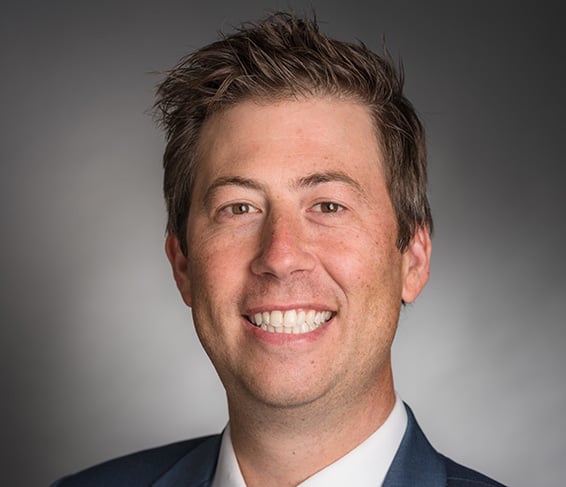 Because of research, treatments like the recently FDA-approved Tarlatamab belong to a class of drugs called bispecific T-cell engagers (BiTEs), which harness the immune system to combat cancer. Another treatment, Lurbinectedin, slows or stops the growth of cancer cells in your body. There are also next-generation approaches, such as CAR T-cell therapy and antibody-drug conjugates, and many others, now in clinical trials. Clinical trials, once a last resort, are rapidly becoming a front door to tomorrow’s breakthroughs.
Because of research, treatments like the recently FDA-approved Tarlatamab belong to a class of drugs called bispecific T-cell engagers (BiTEs), which harness the immune system to combat cancer. Another treatment, Lurbinectedin, slows or stops the growth of cancer cells in your body. There are also next-generation approaches, such as CAR T-cell therapy and antibody-drug conjugates, and many others, now in clinical trials. Clinical trials, once a last resort, are rapidly becoming a front door to tomorrow’s breakthroughs.
Early detection is critical. Screening is the best way to find SCLC early.
Wendy Brooks knows this firsthand. Wendy had a history of lung cancer in her family. She pushed hard to get screened, and her cancer was caught early, rare for this disease. Through two clinical trials, Wendy has kept the cancer confined to her lung and is living fully. She credits screening and participating in clinical trials with saving her life.
“I’m here today because of research,” Wendy says. “I want others to know there’s hope, and clinical trials can be a lifeline.”
Thoracic oncologist Dr. Jacob Sands echoes that optimism: “I have patients more than five years out from that initial diagnosis doing great, living their lives and not on treatment. And I’ll go as far as to say that I think some patients are cured of their incurable disease.”
Lung Cancer Foundation of America (LCFA) is raising awareness of the lifesaving power of early screening, new treatments, and the growing promise of clinical trials for people facing SCLC.
LCFA is a nonprofit organization dedicated to eradicating lung cancer through research, education, and awareness programs. Committed to improving patient outcomes, donations to LCFA fund innovative research projects, educational initiatives, and advocacy for increased resources for lung cancer research.
Donate today to fight Lung Cancer at LCFAmerica.org
**Image Captions:
Wendy Brooks, Lung Cancer Patient (header image)
Dr. Jacob Sands, Thoracic Oncologist at Dana-Farber Cancer Institute

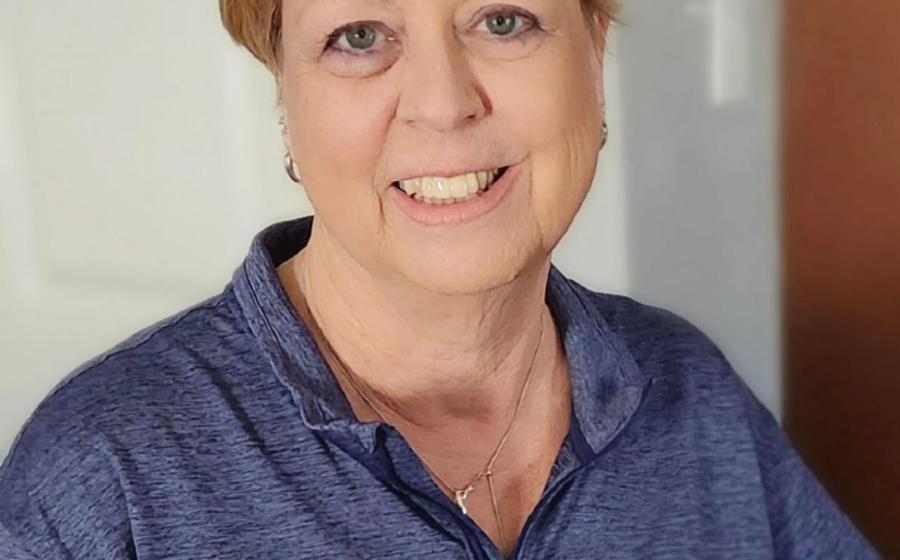

 - Young children are naturally curious, and an innovative program from BrightPath Early Learning and Child Care puts this curiosity center stage. The BrightPath curriculum, BeeCurious, involves guided exploration and multiple forms of expression while offering preschoolers autonomy and choices and celebrating learning as a joyful experience.
- Young children are naturally curious, and an innovative program from BrightPath Early Learning and Child Care puts this curiosity center stage. The BrightPath curriculum, BeeCurious, involves guided exploration and multiple forms of expression while offering preschoolers autonomy and choices and celebrating learning as a joyful experience. 
 - America’s story has been written by those bold enough to begin. The revolutionaries who founded a new nation, the farmer who moved west to claim and seed land, the inventor who built a new machine, and the newcomer who opened a small shop on Main Street were all pioneers. Each had no guarantee of success. Each carried the promise of progress.
- America’s story has been written by those bold enough to begin. The revolutionaries who founded a new nation, the farmer who moved west to claim and seed land, the inventor who built a new machine, and the newcomer who opened a small shop on Main Street were all pioneers. Each had no guarantee of success. Each carried the promise of progress.
 - Do you ever notice a flutter in your chest? Feel unusually tired even after a good night’s sleep? Get winded from walking up the stairs when that never used to happen? These little signs might not feel like a big deal, but they could point to something more serious: atrial fibrillation, or AFib.
- Do you ever notice a flutter in your chest? Feel unusually tired even after a good night’s sleep? Get winded from walking up the stairs when that never used to happen? These little signs might not feel like a big deal, but they could point to something more serious: atrial fibrillation, or AFib.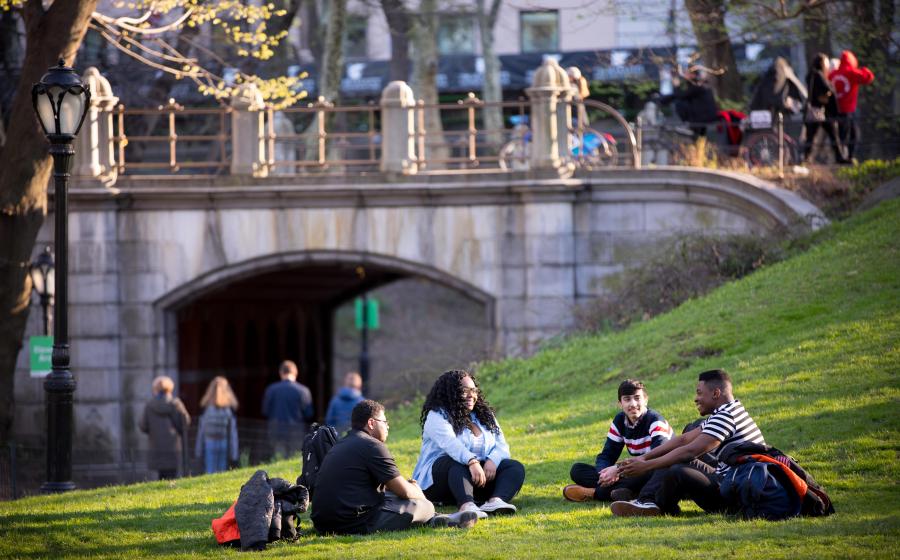
 - Between deciding where to apply, visiting campuses, and completing financial aid forms, October can feel like crunch time for college-bound students, with
- Between deciding where to apply, visiting campuses, and completing financial aid forms, October can feel like crunch time for college-bound students, with 
 - The cancer treatment landscape is undergoing a profound shift. Patients, healthcare providers and advocates are seeking alternatives that deliver both clinical efficacy and quality of life. At the forefront of this movement is GentleCure™, a proven, noninvasive treatment for the most common type of cancer, nonmelanoma skin cancer.
- The cancer treatment landscape is undergoing a profound shift. Patients, healthcare providers and advocates are seeking alternatives that deliver both clinical efficacy and quality of life. At the forefront of this movement is GentleCure™, a proven, noninvasive treatment for the most common type of cancer, nonmelanoma skin cancer.  -
-  “Cinematic Destinies” by Patricia Leavy
“Cinematic Destinies” by Patricia Leavy “Karma Never Sleeps” by R. John Dingle
“Karma Never Sleeps” by R. John Dingle “Labyrinth of Shadows: The Witch's Rebirth (Part 1)” by Michaela Riley
“Labyrinth of Shadows: The Witch's Rebirth (Part 1)” by Michaela Riley “The Order of the Wolf: Species Chronicles: Book Two: Covenant” by Lisa Lacriola
“The Order of the Wolf: Species Chronicles: Book Two: Covenant” by Lisa Lacriola
 - We all want to look as vibrant as we feel, but sometimes our skin tells a different story. If you've ever felt that dreaded dryness, dullness, or loss of firmness—especially as we get older and lines and wrinkles begin to show—you're not alone. By our forties, cell turnover slows by up to 50%1, weakening skin’s ability to produce natural Hyaluronic Acid. And it makes an impact—more than two-thirds of women over 40 report uncomfortably dry skin, with over 70% saying it's their top concern2.
- We all want to look as vibrant as we feel, but sometimes our skin tells a different story. If you've ever felt that dreaded dryness, dullness, or loss of firmness—especially as we get older and lines and wrinkles begin to show—you're not alone. By our forties, cell turnover slows by up to 50%1, weakening skin’s ability to produce natural Hyaluronic Acid. And it makes an impact—more than two-thirds of women over 40 report uncomfortably dry skin, with over 70% saying it's their top concern2.
 - On Sunday, September 21st, Marine Toys for Tots returned to the racetrack with Richard Childress Racing (RCR), proudly sponsoring Austin Dillon’s No. 3 Chevrolet in New Hampshire. But this race wasn't just about speed— it was about heart, hope, and the power of possibility through the impact of Toys for Tots and supporters across the Nation.
- On Sunday, September 21st, Marine Toys for Tots returned to the racetrack with Richard Childress Racing (RCR), proudly sponsoring Austin Dillon’s No. 3 Chevrolet in New Hampshire. But this race wasn't just about speed— it was about heart, hope, and the power of possibility through the impact of Toys for Tots and supporters across the Nation. 
 - The loss of a loved one is a tragedy we’ll never be fully prepared for, but there are tactics to consider that can ensure a family is protected financially in the face of personal loss.
- The loss of a loved one is a tragedy we’ll never be fully prepared for, but there are tactics to consider that can ensure a family is protected financially in the face of personal loss.
